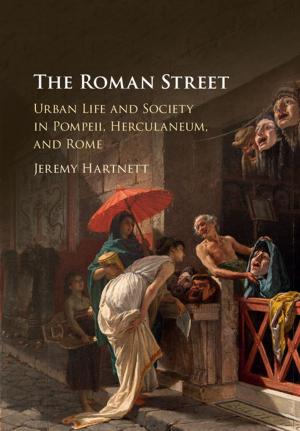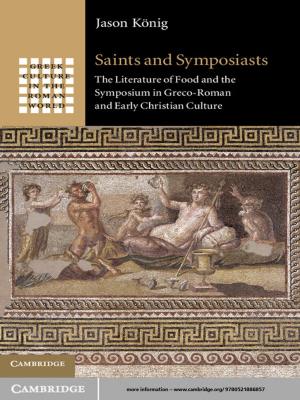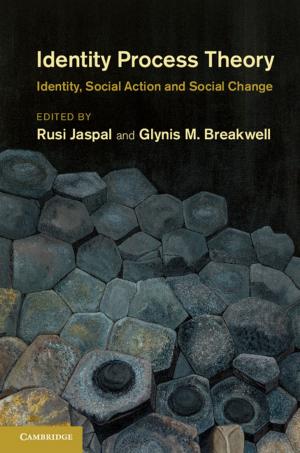Shakespeare's Stage Traffic
Imitation, Borrowing and Competition in Renaissance Theatre
Fiction & Literature, Literary Theory & Criticism, Ancient & Classical, British| Author: | Janet Clare | ISBN: | 9781107720893 |
| Publisher: | Cambridge University Press | Publication: | January 9, 2014 |
| Imprint: | Cambridge University Press | Language: | English |
| Author: | Janet Clare |
| ISBN: | 9781107720893 |
| Publisher: | Cambridge University Press |
| Publication: | January 9, 2014 |
| Imprint: | Cambridge University Press |
| Language: | English |
Shakespeare's unique status has made critics reluctant to acknowledge the extent to which some of his plays are the outcome of adaptation. In Shakespeare's Stage Traffic Janet Clare re-situates Shakespeare's dramaturgy within the flourishing and competitive theatrical trade of the late sixteenth and early seventeenth centuries. She demonstrates how Shakespeare worked with materials which had already entered the dramatic tradition, and how, in the spirit of Renaissance theory, he moulded and converted them to his own use. The book challenges the critical stance that views the Shakespeare canon as essentially self-contained, moves beyond the limitations of generic studies and argues for a more conjoined critical study of early modern plays. Each chapter focuses on specific plays and examines the networks of influence, exchange and competition which characterised stage traffic between playwrights, including Marlowe, Jonson and Fletcher. Overall, the book addresses multiple perspectives relating to authorship and text, performance and reception.
Shakespeare's unique status has made critics reluctant to acknowledge the extent to which some of his plays are the outcome of adaptation. In Shakespeare's Stage Traffic Janet Clare re-situates Shakespeare's dramaturgy within the flourishing and competitive theatrical trade of the late sixteenth and early seventeenth centuries. She demonstrates how Shakespeare worked with materials which had already entered the dramatic tradition, and how, in the spirit of Renaissance theory, he moulded and converted them to his own use. The book challenges the critical stance that views the Shakespeare canon as essentially self-contained, moves beyond the limitations of generic studies and argues for a more conjoined critical study of early modern plays. Each chapter focuses on specific plays and examines the networks of influence, exchange and competition which characterised stage traffic between playwrights, including Marlowe, Jonson and Fletcher. Overall, the book addresses multiple perspectives relating to authorship and text, performance and reception.















